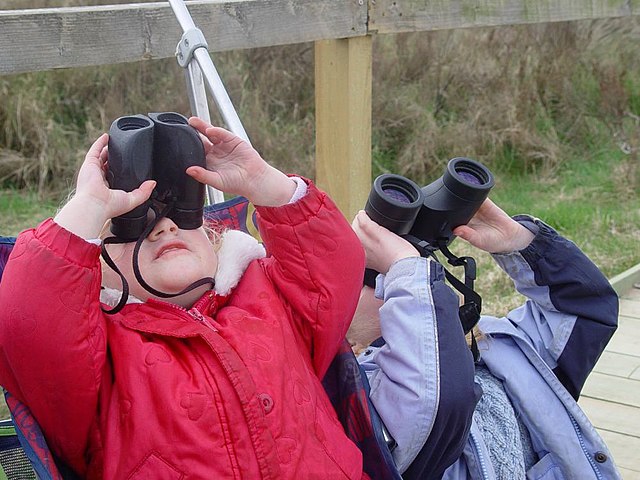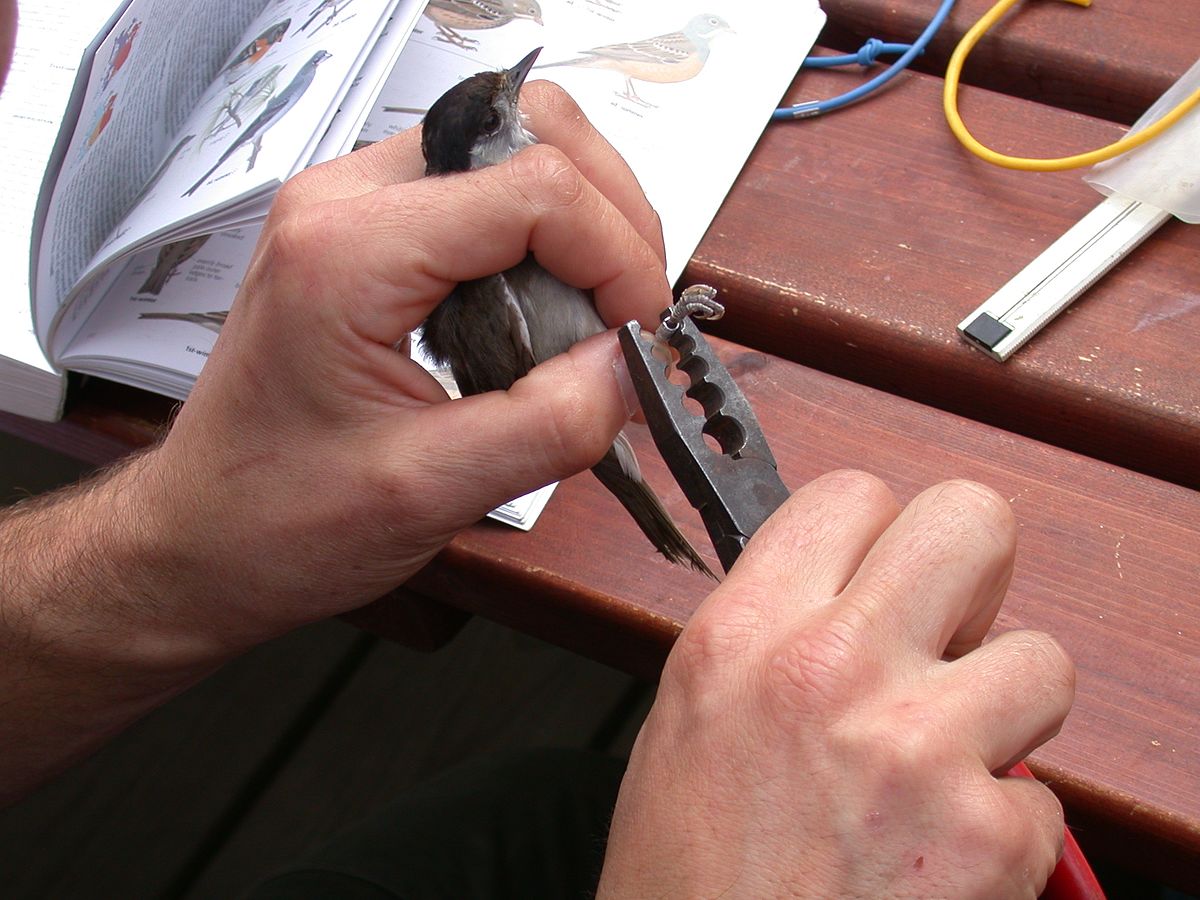Garden Wildlife
Garden Wildlife


Garden Birds and Citizen Science
It’s one thing to encourage wildlife in your gardening, but you can also use your personal observations to enrich the knowledge of nature nationally and internationally if you record your sightings for others to see. This could be as simple as a personal blog or twitter feed for example.
Citizen science - in which ordinary but dedicated members of the public contribute to serious scientific research has given a massive boost to monitoring population change and effects of global warming.
RSPB Big Garden Birdwatch
The survey with the highest public profile is the annual RSPB Big Garden Birdwatch. This is claimed to be the world's biggest wildlife survey, and is conducted over the last weekend in January every year. It aims to spotlight large scale changes in the populations of garden birds. As a way of trying your hand at a citizen science project it’s a great start. As long as you can identify the common garden birds (like those on this site) you should be able to make a contribution to this long-term study.
BTO Garden Birdwatch Survey
If you feel more confident about your bird knowledge, without necessarily thinking of yourself as a serious birdwatcher, you could try the BTO Garden Birdwatch. This has been running since 1995, and you have to list (and possibly count) the birds seen in your garden each week throughout the year. This is the most detailed and accurate survey of garden birds, and has resulted in many important scientific papers. If you sign up you get a regular magazine update (Bird Table Magazine) on the findings. Again, if you are confident about the ordinary garden birds you should be able to contribute effectively to this.
BTO Nesting neighbours
Another garden-based BTO project is their Nesting Neighbours (previously Nest Box Challenge) survey in which you monitor (carefully and legally) the nesting success of birds in your garden. It started in 2000, and proved the importance of gardens as nesting opportunirties for birds. An early set of results is available here.
BTO Bird Track
Even if you don’t want to commit to a regular project, you can let the rest of the world know what is going on in your garden bird scene by recording sightings using the BTO Bird Track system. You can use this for casual sightings of birds seen anywhere in the world, including your back yard, and it makes it easy to maintain records of your sightings.
.jpg)
There are several bird-related citizen science schemes to which you could contribute as a wildlife gardener, depending on your level of confidence in bird identification.
One is run by the conservation charity Royal Society for Protection of Birds (RSPB), and several are operated by the bird research charity British Trust for Ornithology (BTO).
These surveys do not take much time and are the best source of information on how our birds are faring, and can have a powerful impact on policy making by local and central government.
Keeping records of garden birds is a great educational activity for budding scientists!

Other opportunities
You may also find that your local conservation charities have surveys that you can contribute to – you can find contact details for county wildlife trusts at the Wildlife Trusts website and for bird-specific societies through the BTO website. For example in my region of the UK the West Midland Bird Club regularly surveys individual species or areas of conservation interest through its research committee and wider membership.
If you want to develop your bird identification skills further, there are some excellent videos on the BTO website:
You can find many more citizen science projects at our page here and specialist Facebook groups here.
Page written by Roy Smith compiled by Steve Head

Become a bird ringer!
If you have a really serious commitment to bird science, you could consider training to be a bird ringer and help collect the most accurate information about bird migration and survival. See the BTO scheme here.
Garden Birds and Citizen Science
It’s one thing to encourage wildlife in your gardening, but you can also use your personal observations to enrich the knowledge of nature nationally and internationally if you record your sightings for others to see. This could be as simple as a personal blog or twitter feed for example.
Citizen science - in which ordinary but dedicated members of the public contribute to serious scientific research has given a massive boost to monitoring population change and effects of global warming.
.jpg)

There are several bird-related citizen science schemes to which you could contribute as a wildlife gardener, depending on your level of confidence in bird identification.
One is run by the conservation charity Royal Society for Protection of Birds (RSPB), and several are operated by the bird research charity British Trust for Ornithology (BTO).
These surveys do not take much time and are the best source of information on how are birds are faring, and can have a powerful impact on policy making by local and central government.
Keeping records of garden birds is a great educational activity for budding scientists!
RSPB Big Garden Birdwatch
The survey with the highest public profile is the annual RSPB Big Garden Birdwatch. This is claimed to be the world's biggest wildlife survey, and is conducted over the last weekend in January every year. It aims to spotlight large scale changes in the populations of garden birds. As a way of trying your hand at a citizen science project it’s a great start. As long as you can identify the common garden birds (like those on this site) you should be able to make a contribution to this long-term study.
BTO Garden Birdwatch Survey
If you feel more confident about your bird knowledge, without necessarily thinking of yourself as a serious birdwatcher, you could try the BTO Garden Birdwatch. This has been running since 1995, and you have to list (and possibly count) the birds seen in your garden each week throughout the year. This is the most detailed and accurate survey of garden birds, and has resulted in many important scientific papers. If you sign up you get a regular magazine update (Bird Table Magazine) on the findings. Again, if you are confident about the ordinary garden birds you should be able to contribute effectively to this.
BTO Nesting neighbours
Another garden-based BTO project is their Nesting Neighbours (previously Nest Box Challenge) survey in which you monitor (carefully and legally) the nesting success of birds in your garden. It started in 2000, and proved the importance of gardens as nesting opportunirties for birds. An early set of results is available here.
BTO Bird Track
Even if you don’t want to commit to a regular project, you can let the rest of the world know what is going on in your garden bird scene by recording sightings using the BTO Bird Track system. You can use this for casual sightings of birds seen anywhere in the world, including your back yard, and it makes it easy to maintain records of your sightings.

Become a bird ringer!
If you have a really serious commitment to bird science, you could consider training to be a bird ringer and help collect the most accurate information about bird migration and survival. See the BTO scheme here.
Other opportunities
You may also find that your local conservation charities have surveys that you can contribute to – you can find contact details for county wildlife trusts at the Wildlife Trusts website and for bird-specific societies through the BTO website. For example in my region of the UK the West Midland Bird Club regularly surveys individual species or areas of conservation interest through its research committee and wider membership.
If you want to develop your bird identification skills further, there are some excellent videos on the BTO website:
You can find many more citizen science projects at our page here and specialist Facebook groups here.
Page written by Roy Smith compiled by Steve Head
























